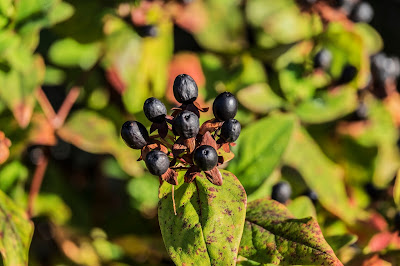First of all, a bit of background history to The Piece Hall. It is a Grade I listed building in Halifax, West Yorkshire and was built as a cloth hall for hand loom weavers to sell the woollen cloth "pieces" they had produced. It opened on 1 January 1779, with 315 separate rooms arranged around a central open courtyard.
In 1971, after the Piece Hall had become seen as unsuitable for a wholesale market, the businesses were dispersed elsewhere throughout the town and the then two-century old Piece Hall's demolition was considered. Government grants were made available and the Halifax Corporation received funding to make a tourist attraction of the Piece Hall. The sheds that had been built in the 19th century were demolished and the courtyard landscaped, further walls were removed from the original rooms to create new shops and a new museum and art gallery was opened to the east side. The new Piece Hall opened on 3 July 1976.
It had a further make over and was reopened on the 1st August 2017 which is known as Yorkshire Day. Apart from the general cleaning up and redecoration of the existing units, the main courtyard has been levelled out and two water features have been built along with visitor seating. I also noticed there was the obligatory "Gin Bar" tucked away in one of the corners. How on earth did gin suddenly become so popular?
There are a few cafes and some nice shops but I was disappointed that the old second-hand bookshops and bric-a-brac shops had all disappeared. Most of my collection of old Yorkshire Dales and Lake District books were bought there and at a fraction of the price I would have paid elsewhere. I am presuming that they didn't fit in with the Council's "vision" of what the new Piece Hall should be like. Or maybe the retail rent and rates prices are just too high for sellers like that. What I did also notice was that the majority of the units were empty. A few were being fitted out for future opening but even taking that in to account, there were still more empty than used.
As it now stands, I think it is a place that you will only visit once for shopping purposes but I hope I am proven wrong. Maybe, when more units are filled, this will change. Looking at the Council's blurb, they are hoping to hold events there so that will be a good thing for the town. One of the Tour de Yorkshire stages is due to either start or finish there which should really put the place on the map.
Anyway, taking in to account both the pluses and minuses, the new Piece Hall is a much, much brighter, cleaner and user friendlier place than it used to be.
 |
| Retail Units |
 |
| Water Feature |
 |
| Piece Hall and Square Congregational Church |
 |
| New Courtyard |
 |
| New Courtyard and seating |
 |
| New Courtyard and seating |
 |
| Retail Units |
 |
| Retail Units |
 |
| New Courtyard and water feature |
 |
| Gin Bar and new seating |
 |
| New Courtyard |
 |
| Piece Hall and Square Congregational Church |
 |
| Piece Hall gate |




























































